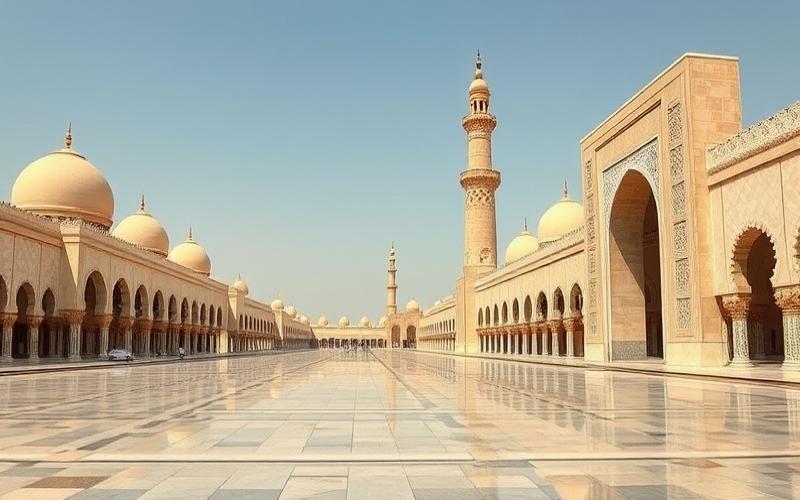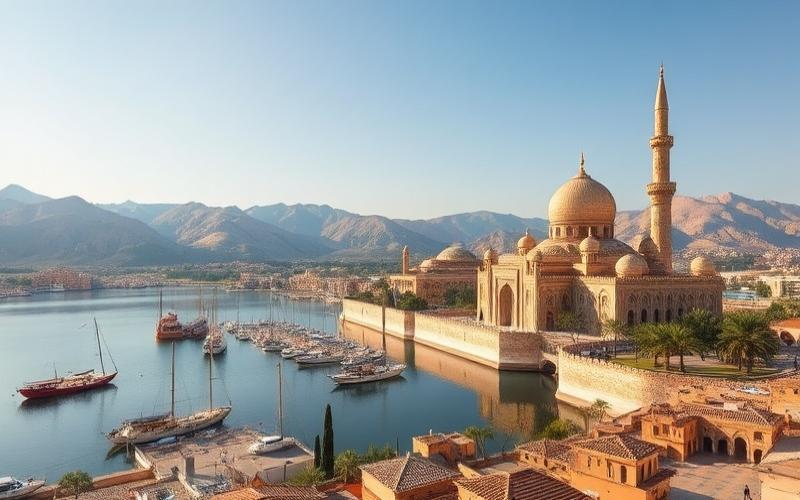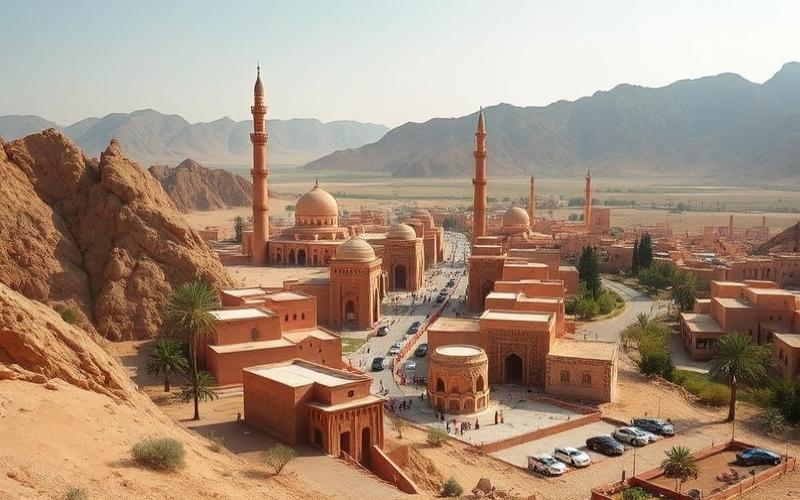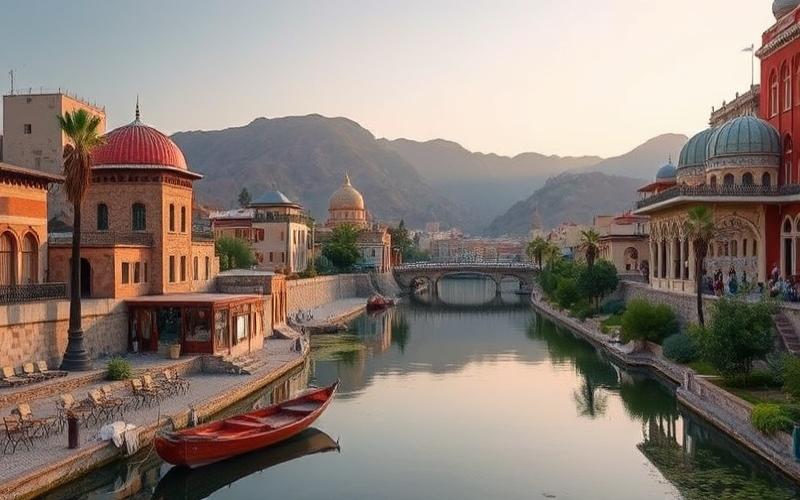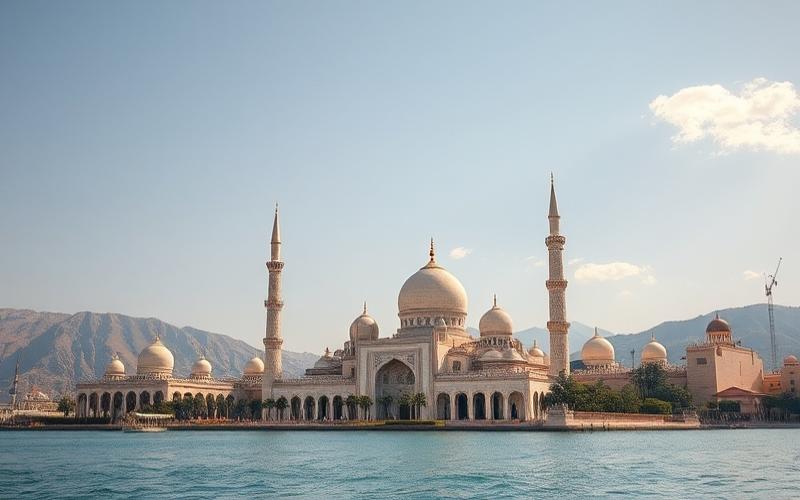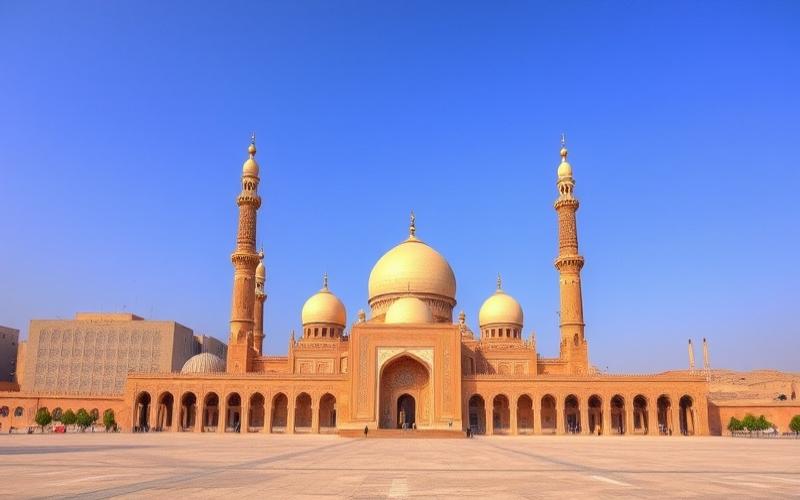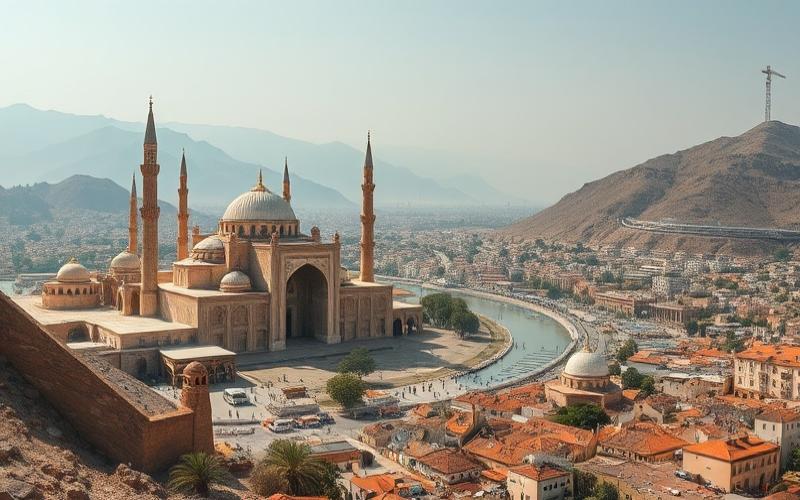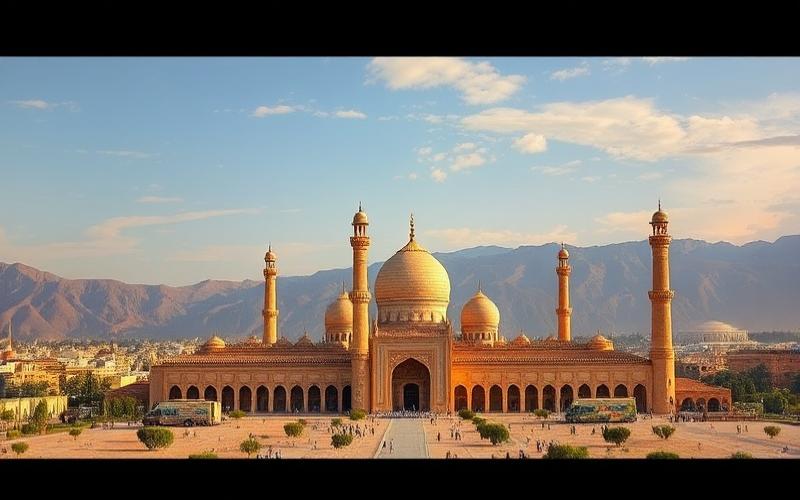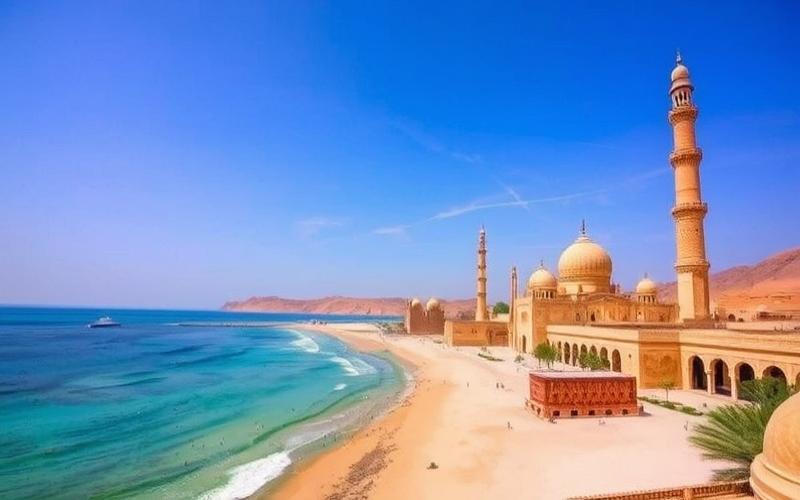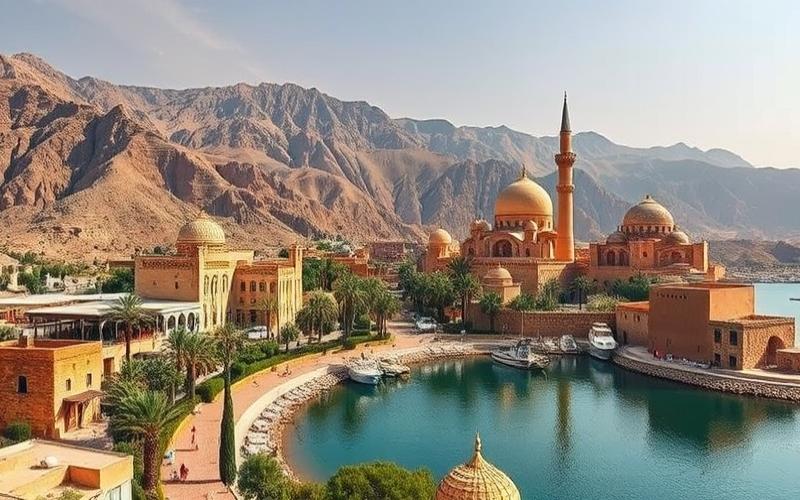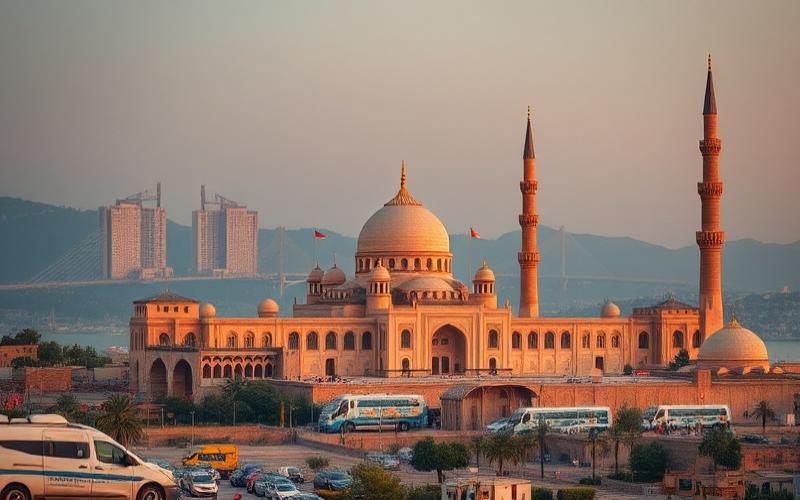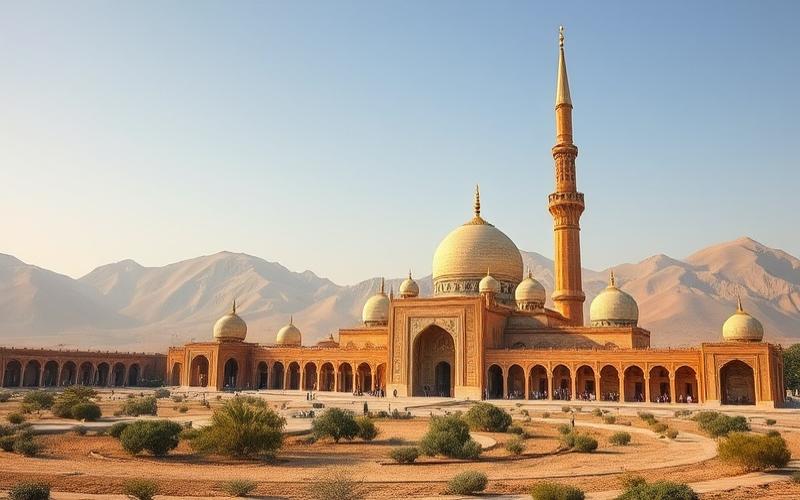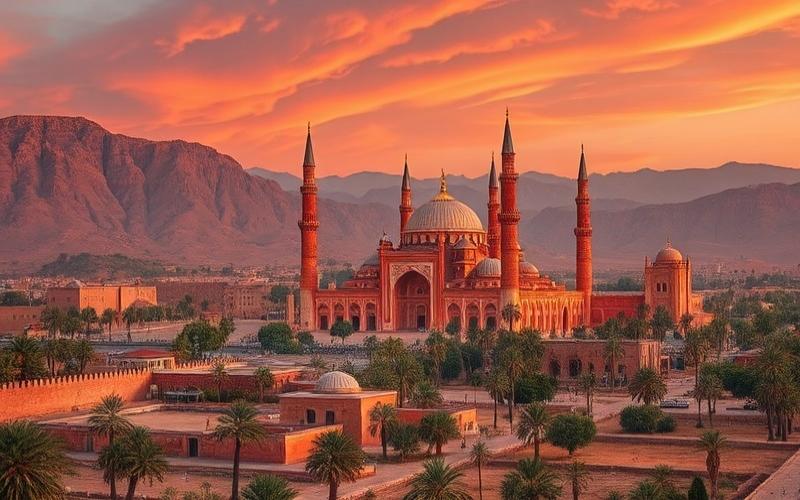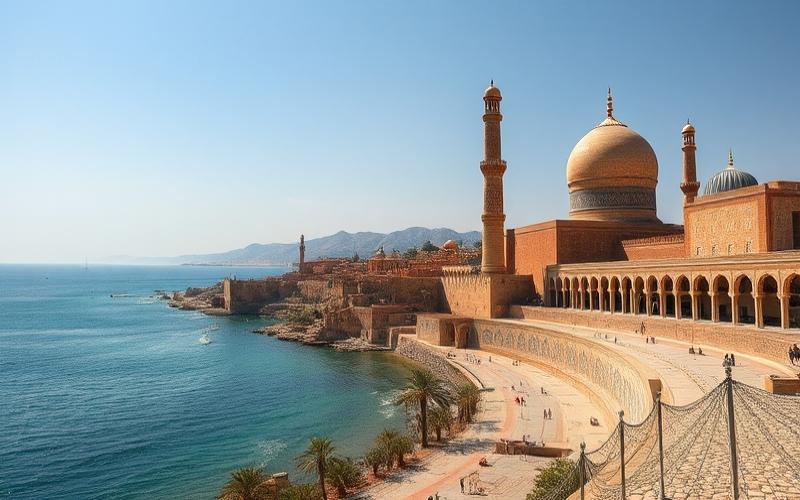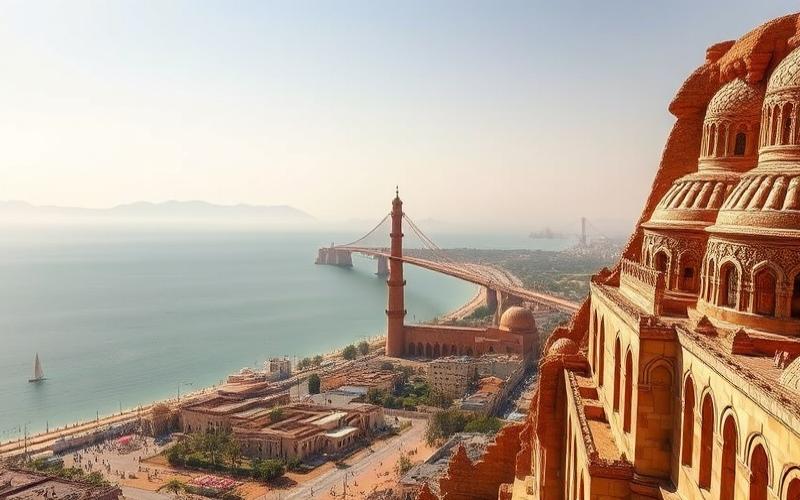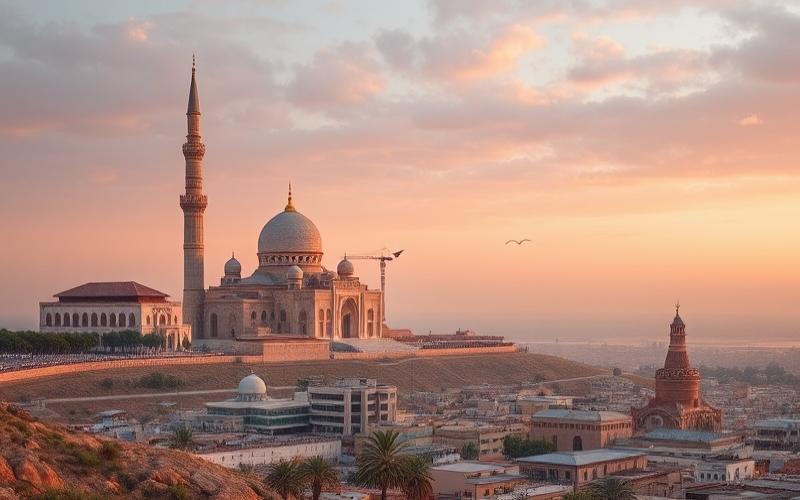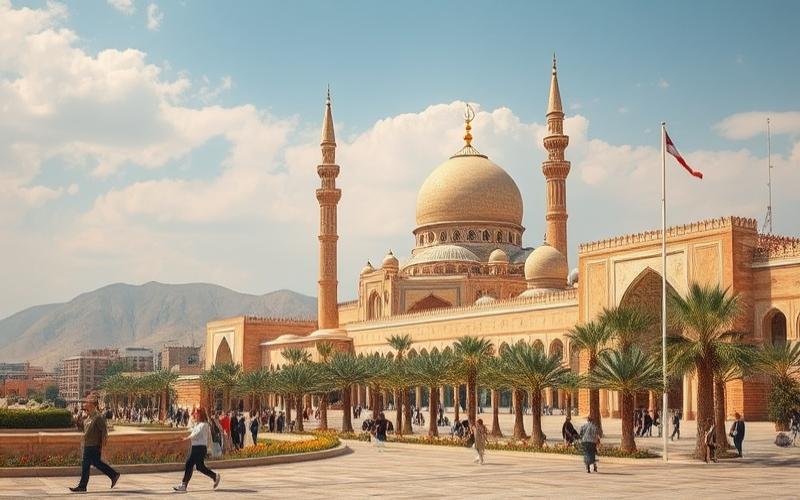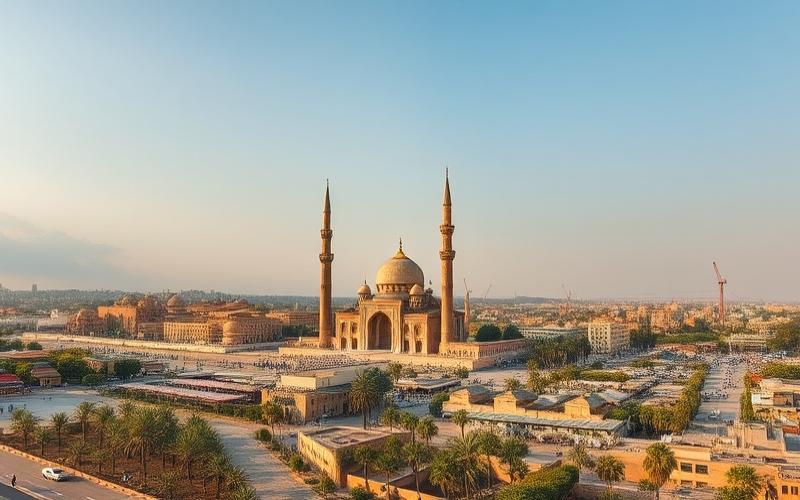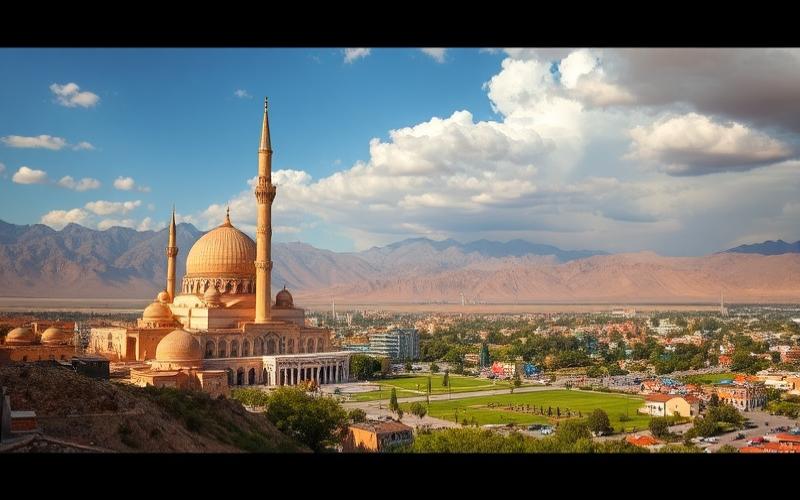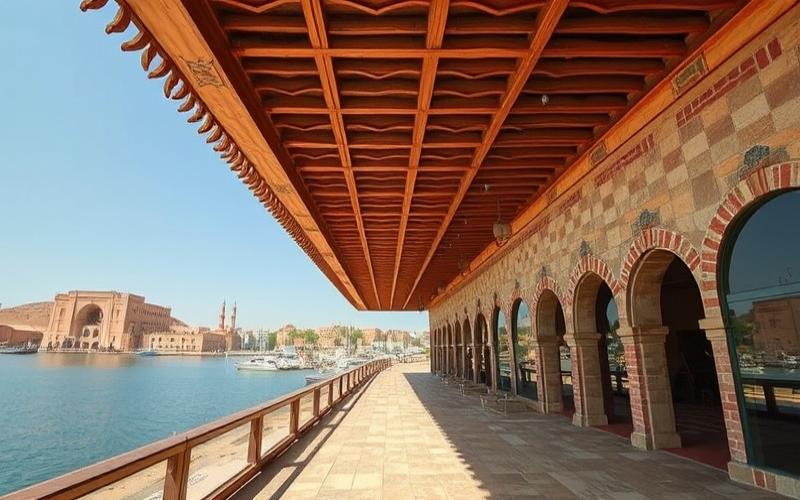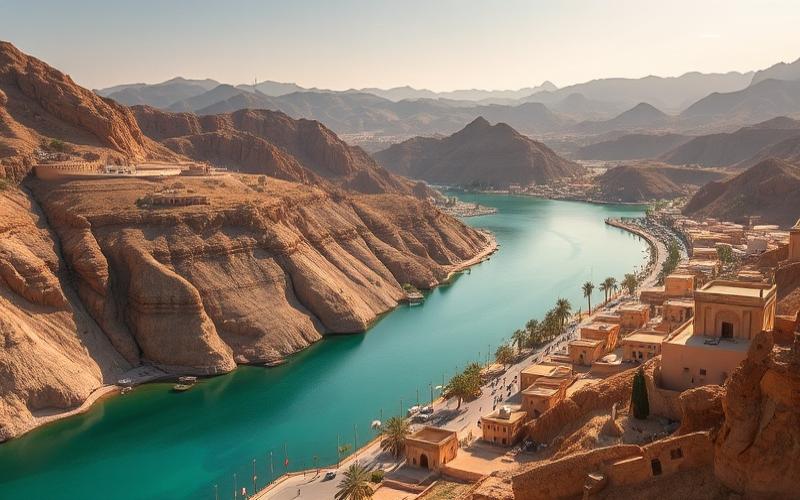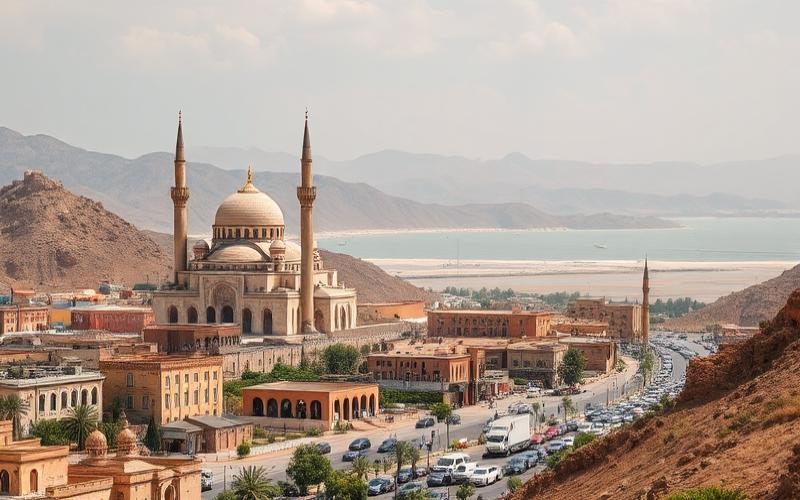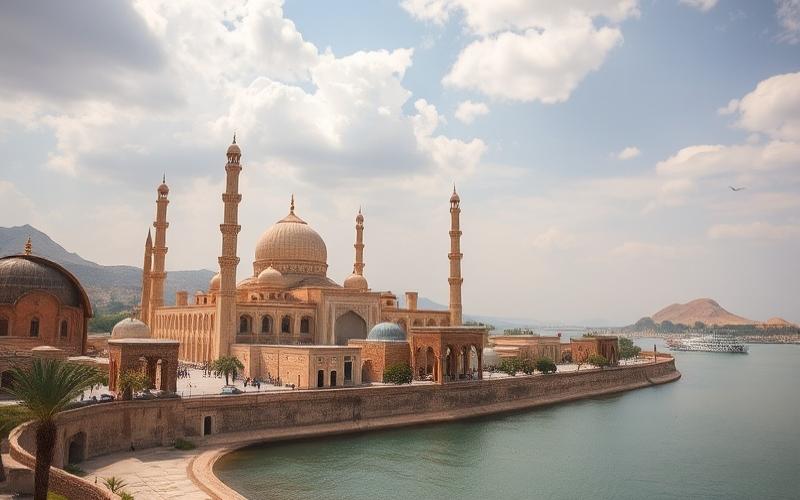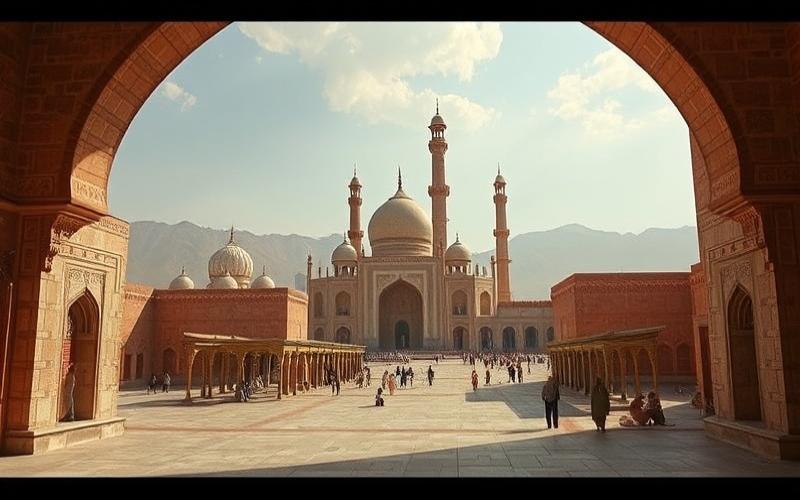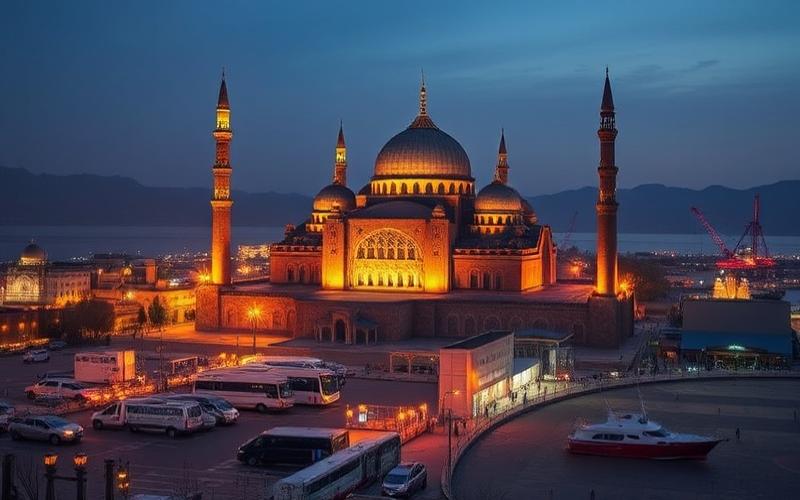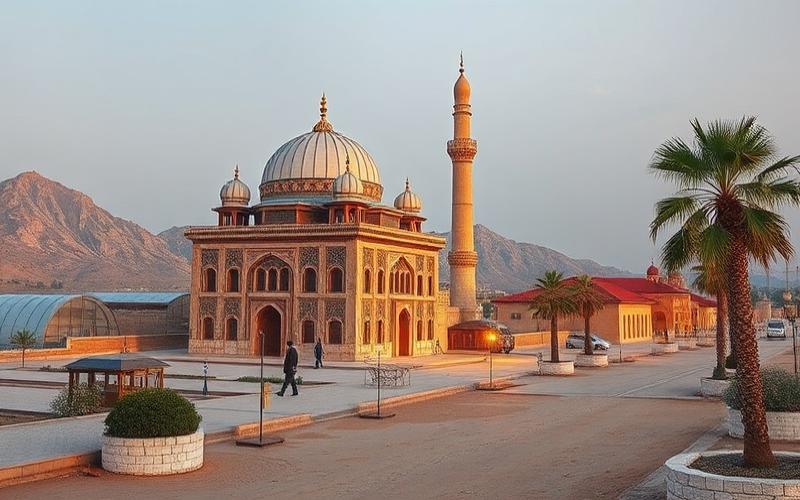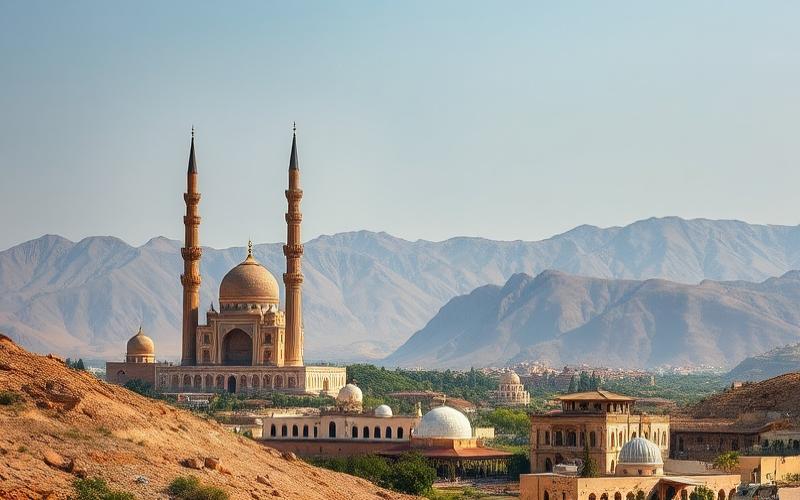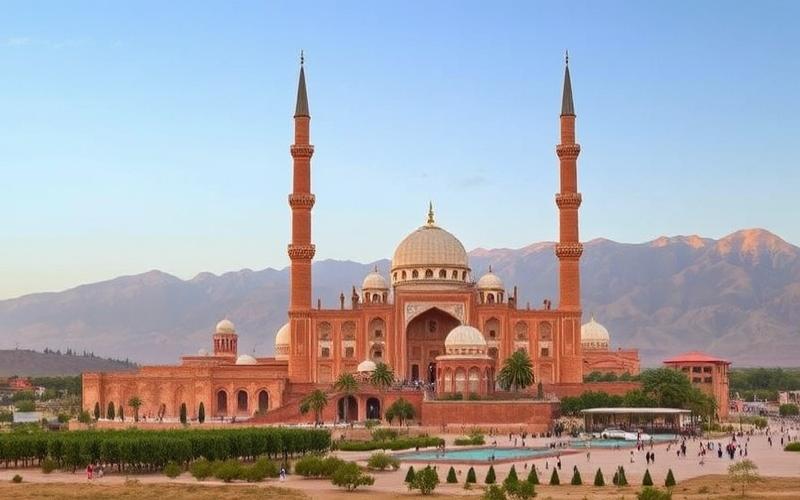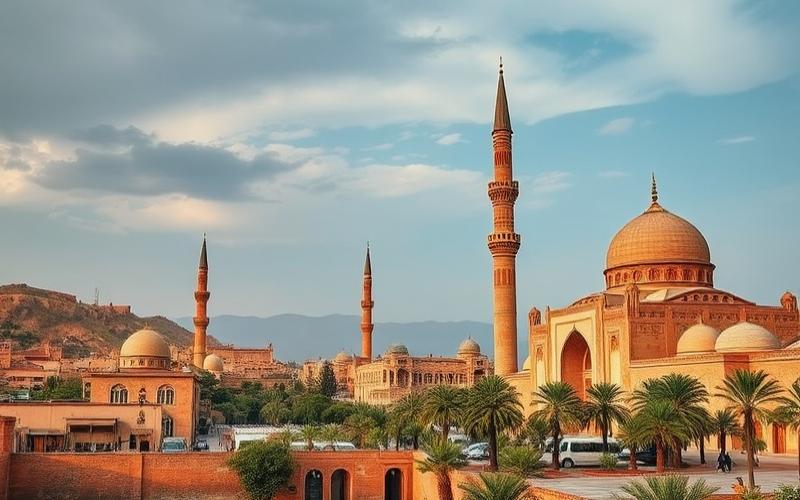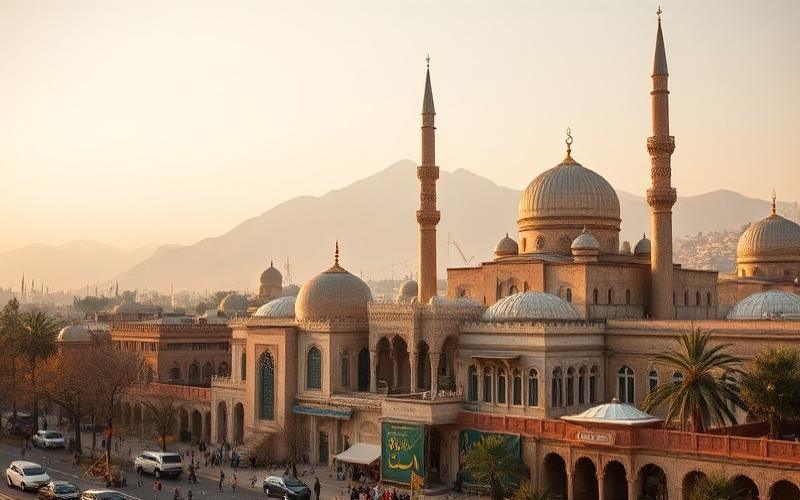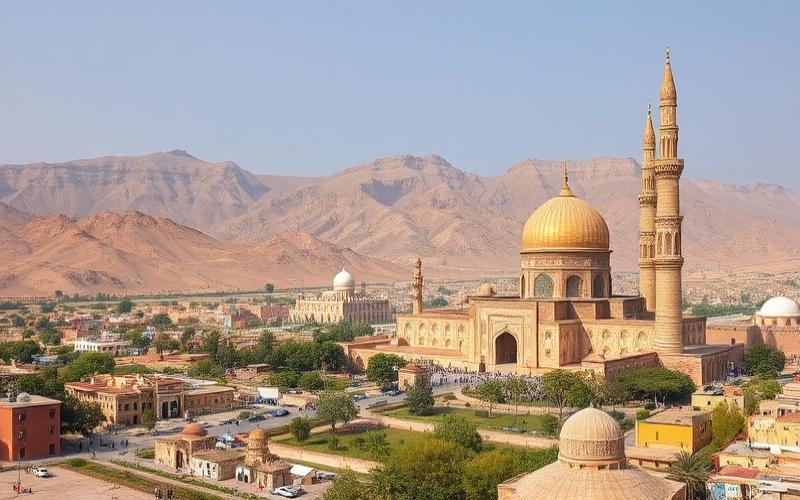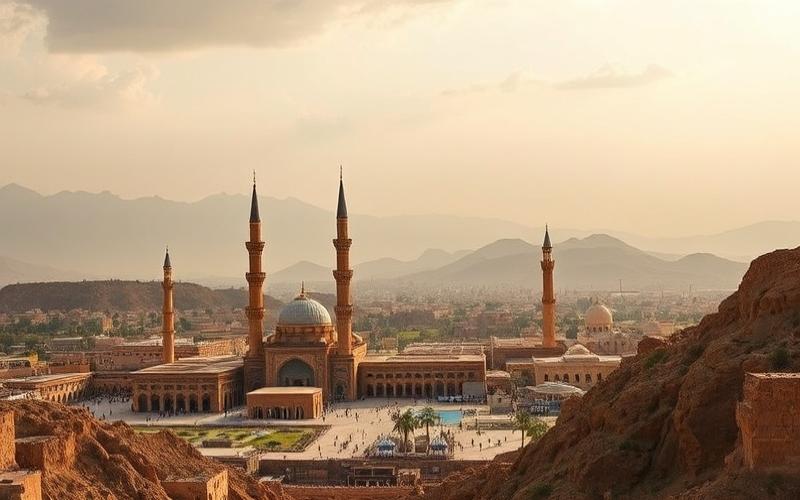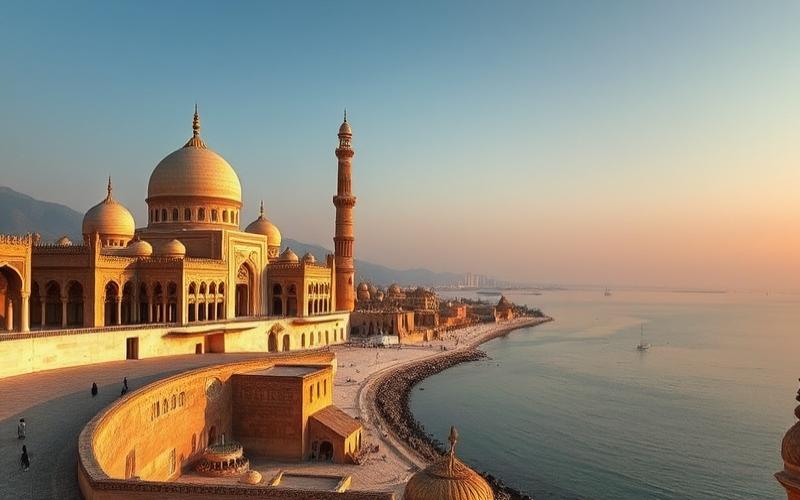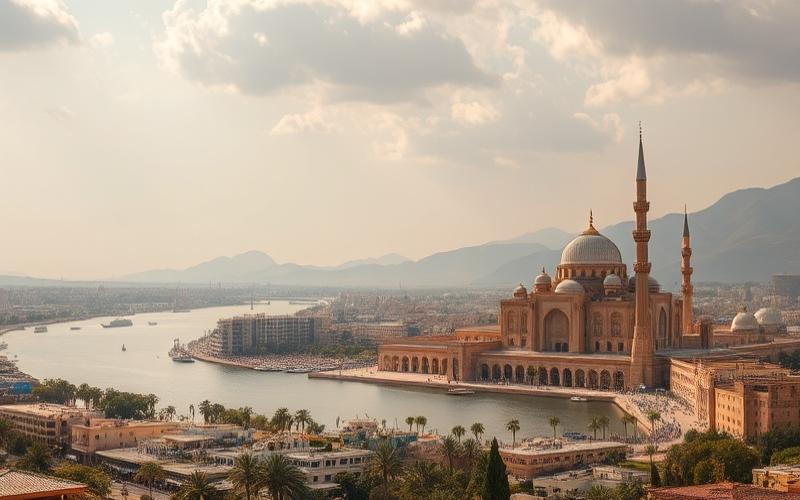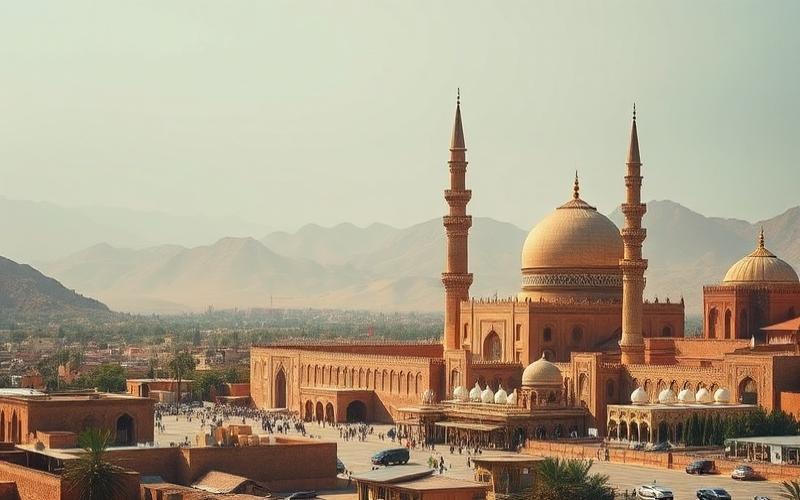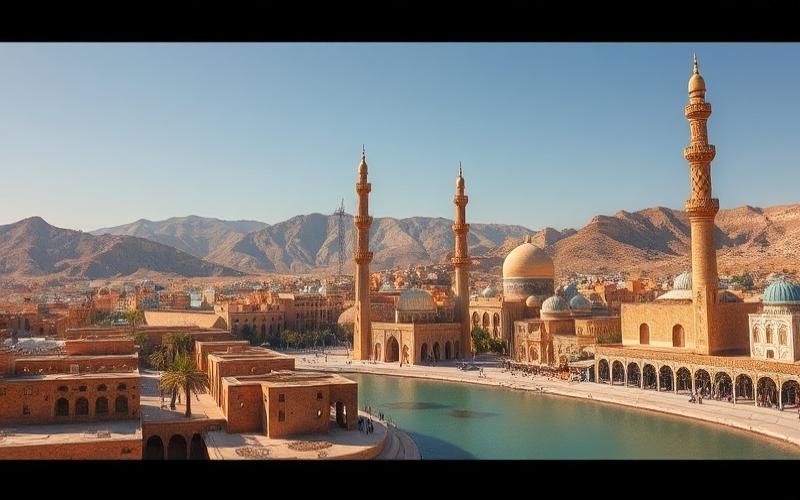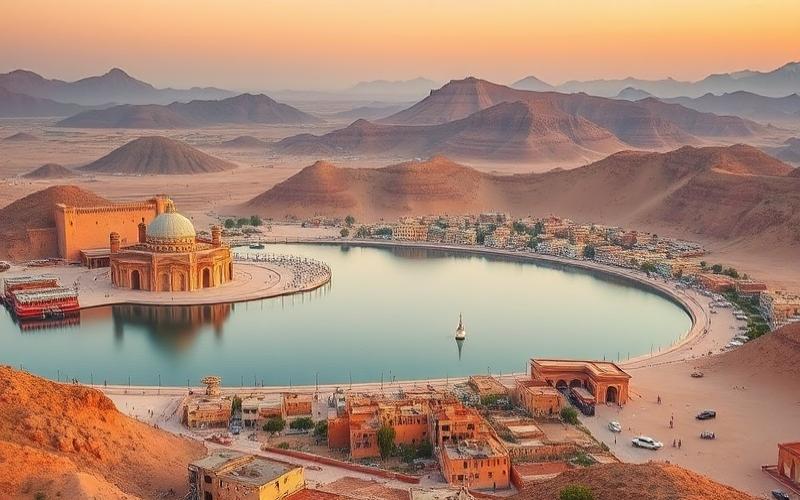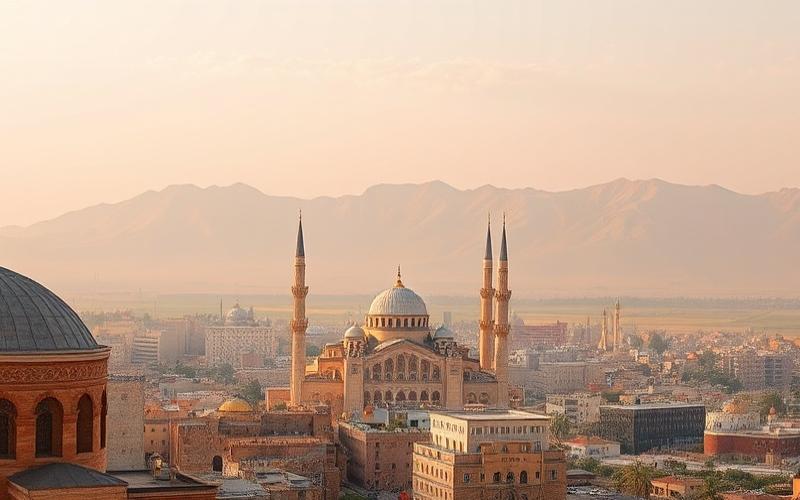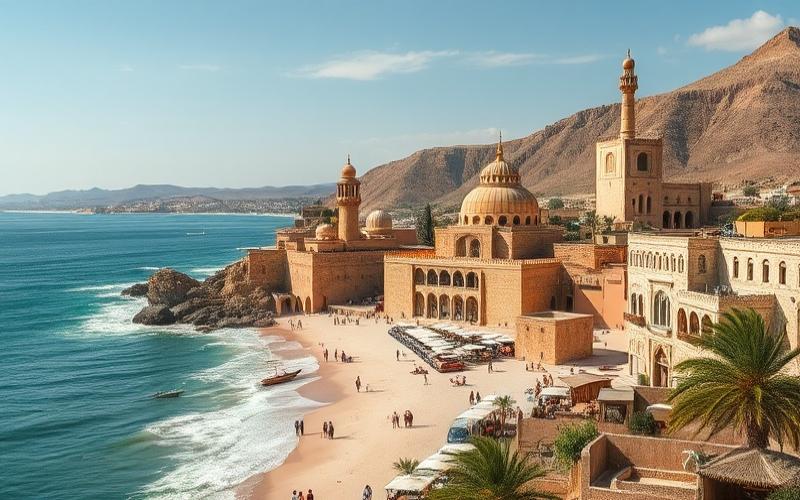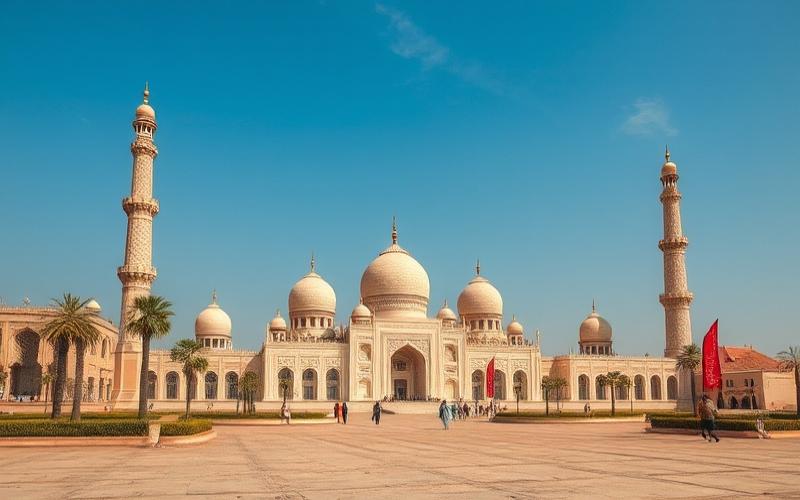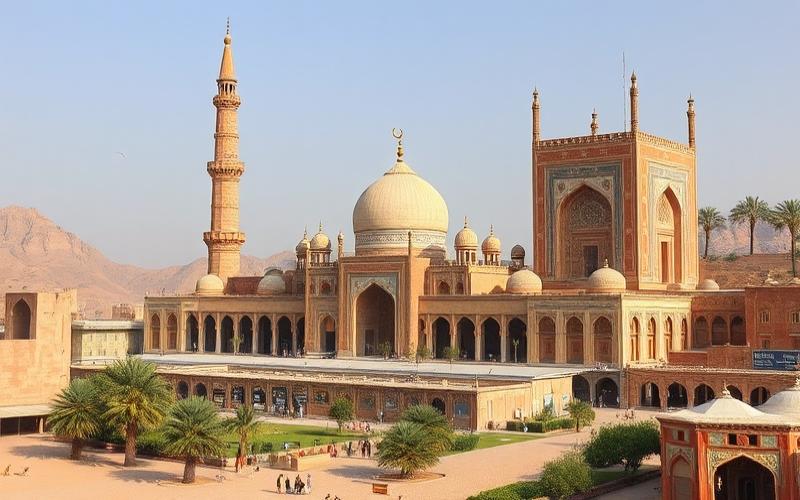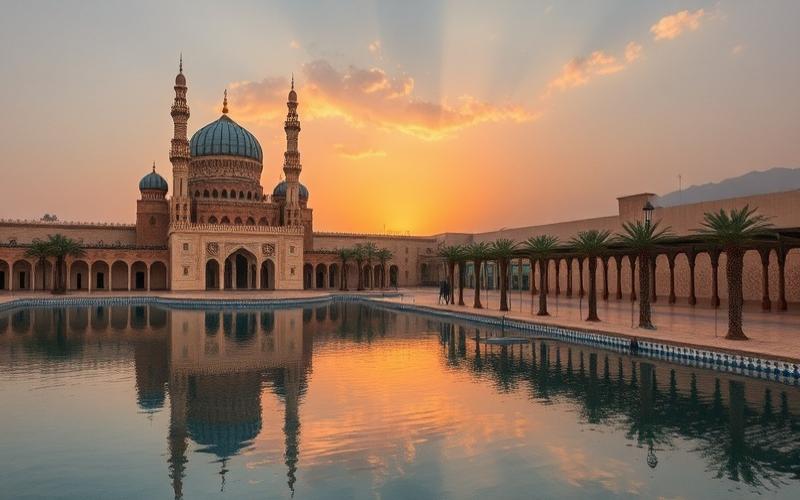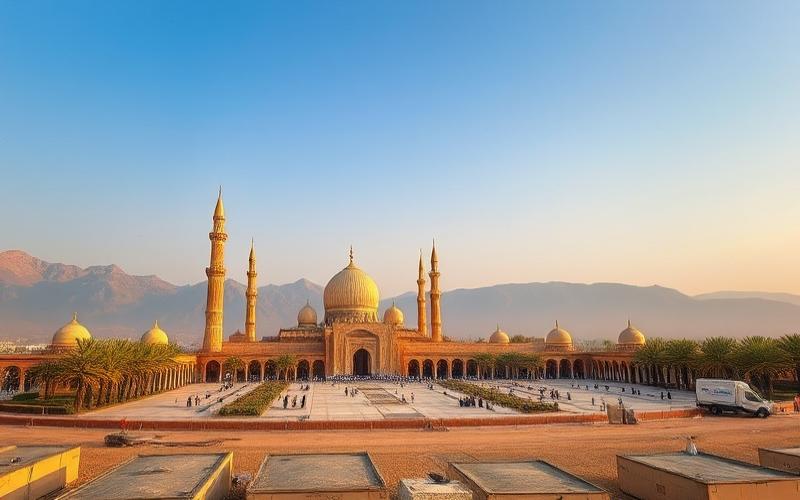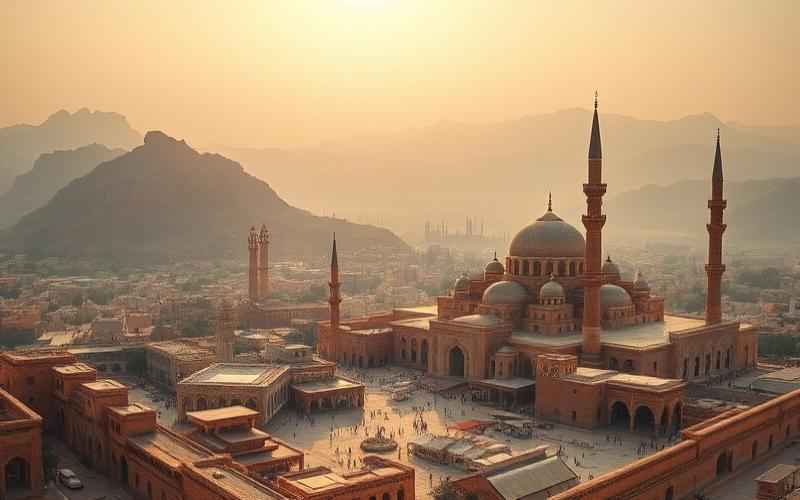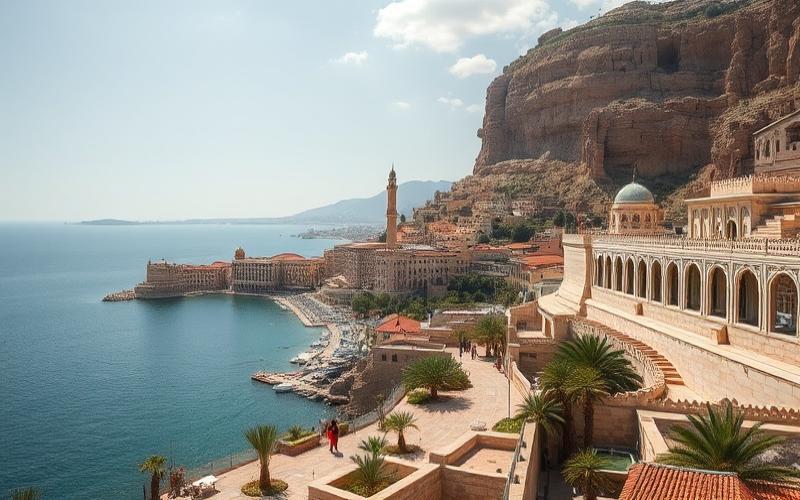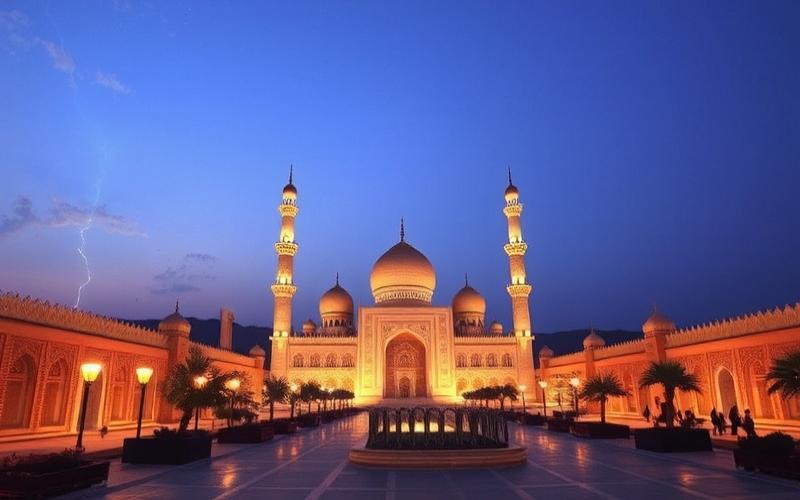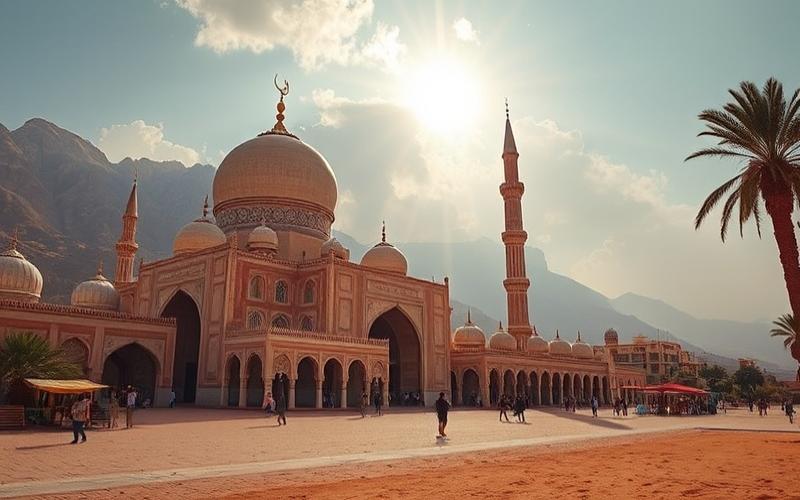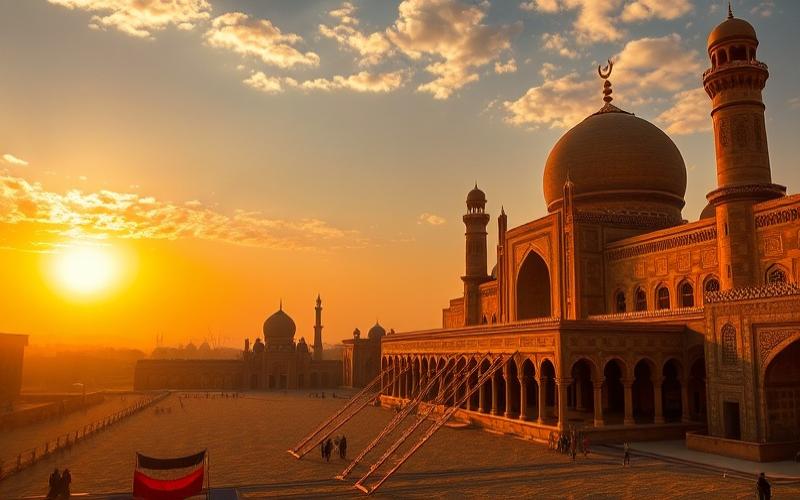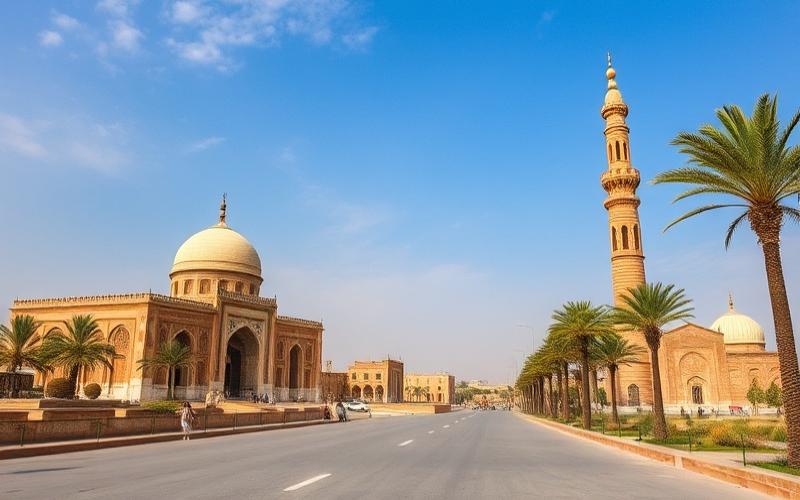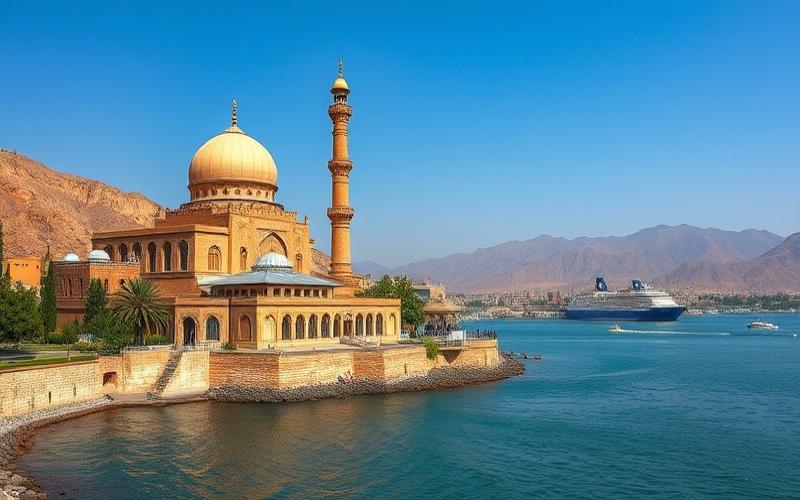
 Published on and written by Cyril Jarnias
Published on and written by Cyril Jarnias
In a country primarily known for its rich cultural heritage and modern metropolises, rural life in Bahrain offers a unique perspective worth exploring. Situated at the crossroads of the Gulf, this region combines ancient traditions with contemporary challenges faced by rural communities.
While rapid urbanization brings its own benefits, rural areas find themselves at a crossroads, balancing agricultural development opportunities with preserving their distinct cultural identity.
By examining the issues of sustainable agriculture, infrastructure accessibility, and natural resource preservation, this article aims to shed light on the challenges and opportunities presented by rural life in this island of diversity.
Development and Economic Opportunities in Bahrain’s Rural Areas
Government and private initiatives to stimulate economic development in Bahrain’s rural areas rely on economic diversification, valorization of local heritage, and integration of innovative technologies.
Agricultural Policies and Infrastructure Projects
- Modernization of agriculture through the introduction of smart irrigation systems and automated greenhouses.
- Subsidies for restoring historical buildings and tax incentives for rural investment.
- Accelerated development of road infrastructure connecting villages to urban centers, facilitating access to markets and tourism.
- Renewable energy network projects to promote energy self-sufficiency for rural communities.
Concrete Examples of Economic Success
| Initiative | Description | Impact |
|---|---|---|
| Agricultural Cooperatives | Pooling of resources and facilitated market access for small producers | Increased income |
| Tourist Accommodations | Transformation of traditional houses into lodgings for “slow tourism” | Creation of local jobs |
| Public-Private Partnerships | Village renovation projects (e.g., Al Jasra, Barbar) jointly funded | Heritage preservation |
| Agri-tech Start-ups | Introduction of digital solutions for farm management | Improved productivity |
Integration of Technologies and Innovation
- Deployment of digital tools to optimize the agricultural value chain (mobile applications, online sales platforms).
- Use of connected sensors for water and natural resource management.
- Digital entrepreneurship training for rural youth, facilitating the creation of local start-ups.
- Promotion of remote work and rural coworking through broadband deployment.
Challenges Encountered
- Limited access to financing for small rural businesses and young entrepreneurs.
- Lack of technical training adapted to agricultural and digital innovations.
- Difficulty in attracting and retaining skilled labor in rural areas.
- Pressure on sustainable management of natural resources (water, soil).
Potential Solutions
- Establishment of investment funds dedicated to rural development and innovation.
- Vocational training programs in partnership with universities and technology companies.
- Enhanced tax incentives for businesses setting up in rural areas.
- Collaborative platforms for sharing resources and know-how among farmers, start-ups, and public institutions.
Bahraini rural real estate now represents a very promising niche, with growth potential exceeding traditional segments – particularly due to the heritage and tourism repositioning undertaken over the past two years.
The prospects for authentic villages, supported by tourism growth and the rise of remote work, confirm the potential of these policies to boost the local economy, provided structural obstacles related to financing and training are addressed.
Good to Know:
Initiatives like the development of automated greenhouses and agricultural cooperatives have revitalized the rural economy in Bahrain, although limited access to financing remains a major obstacle. The integration of digital technologies in agriculture offers new opportunities but requires specialized training to maximize its potential.
Challenges Faced by Inhabitants of Bahrain’s Rural Regions
Limited Access to Transportation and Communication Infrastructure
Rural villages, representing about 10% of the total population, face less dense coverage of main roads and public transport networks, complicating daily commutes to urban centers for work, education, or healthcare.
Access to high-speed internet and mobile networks can be less reliable in some rural areas, limiting access to information, online services, and distance learning.
Economic Difficulties Due to Dependence on Agriculture in an Arid Climate
The rural economy still partially relies on agriculture, although this activity is hindered by water scarcity, soil salinity, and low productivity linked to the arid climate.
Farmers face limited yields and increased vulnerability to climate hazards, resulting in income instability.
Obstacles to Accessing Public Services (Education and Healthcare)
The provision of educational and healthcare services is generally concentrated in urban centers, forcing rural families to travel long distances to access specialized secondary schools or advanced healthcare facilities.
Primary schools and local clinics exist but are sometimes less well-equipped than those in urban areas.
Impacts of Growing Urbanization and Youth Migration
Youth migration to cities, driven by the search for jobs and educational opportunities, accentuates the demographic aging of rural communities and labor shortages.
Rapid urbanization leads to a gradual decrease in the rural population, which has dropped from 17.68% in 1960 to about 10% today.
| Year | Percentage of Rural Population |
|---|---|
| 1960 | 17.68% |
| 2023 | 10.13% |
Specific Examples
In some farming villages, irrigation modernization is hampered by insufficient investments and limited access to water, forcing farmers to reduce their production.
Rural families sometimes have to send their children to neighboring towns to pursue secondary or university education, which encourages rural exodus.
Government and Community Mitigation Initiatives
- Deployment of affordable housing programs and infrastructure modernization in all governorates, including rural ones, to ensure access to decent housing with essential services.
- Implementation of policies supporting sustainable agriculture, including subsidies for irrigation and diversification of crops adapted to the arid climate.
- Extension of transport networks and improvement of digital connectivity in rural areas to reduce isolation.
- Offers of free healthcare and education for all citizens, with incentives to maintain services in small localities.
- Social protection and financial support programs for vulnerable families, as well as community development initiatives to strengthen social cohesion and youth empowerment.
Important Text to Remember
The challenges of Bahrain’s rural areas are exacerbated by the arid climate, youth migration, and concentration of services in urban centers. However, sustained government efforts aim to improve access to infrastructure, diversify the rural economy, and ensure better social inclusion for the inhabitants of these regions.
Good to Know:
Inhabitants of Bahrain’s rural areas face major challenges such as lack of transportation and communication networks, while dependence on agriculture in an arid climate worsens their economic difficulties; moreover, youth migration to cities accentuates the isolation of these communities.
The Impact of Expatriate Migration to Bahrain’s Countryside
Main Reasons for Choosing Bahrain’s Countryside by Expatriates:
- Search for a Quieter and More Authentic Living Environment: Expatriates are attracted by the tranquility of the countryside, away from urban hustle, with a perceived higher quality of life, a healthier environment, and a more direct connection with local culture.
- Professional Opportunities: The development of modern agriculture (particularly in hydroponics and agri-food sectors) and the rise of rural tourism (traditional accommodations, educational farms, ecotourism circuits) create jobs for skilled expatriates, especially in management, agricultural engineering, or hospitality.
- Attractive Taxation: The absence of income tax, ease of obtaining long-term residence visas, and incentives for real estate investment encourage settlement in developing rural areas.
- Desire for Integration and Security: The sense of belonging to a local community, the search for family stability, and access to modern residential infrastructure, even in peripheral areas, are decisive factors.
Influence of This Migration on Local Communities:
| Impact | Description | Examples/Statistics |
|---|---|---|
| Economic Development | Revitalization of local markets (real estate, commerce, specialized agriculture) | Rise in rural land prices, diversification of economic activities |
| Cultural Preservation | Valorization of heritage, organization of intercultural events, but also risk of lifestyle homogenization | Creation of agricultural festivals, opening of bilingual schools, tensions over rural identity |
| Land Pressure | Increased demand for agricultural or residential land, sometimes at the expense of locals | Some villages see land prices double in less than 5 years |
Case Studies and Statistics:
- According to testimonials, many expatriates choose to invest in rural real estate to benefit from a secure environment and high rental potential, especially near tourist hubs or modernized farms.
- Examples: French or British families who have renovated traditional houses to turn them into rural lodgings or high-value-added farms.
- Statistic: Bahrain’s unemployment rate remains very low (1.8%), favoring rapid integration of expatriates in high-demand or emerging sectors.
Government Policies:
Encouragements:
- Investor visas (golden visa) and residence permits linked to property ownership.
- Support programs for sustainable agriculture and rural tourism.
- Streamlining of administrative procedures for foreign investors.
Constraints:
- Quotas or restrictions on the purchase of agricultural land by non-nationals in certain strategic areas.
- Regulations to preserve land balance and limit real estate speculation.
- Programs to preserve rural traditions to limit cultural homogenization.
Long-term Challenges and Opportunities for Bahrain:
Challenges:
- Risk of losing the cultural identity of the countryside due to the influx of new residents and rapid modernization.
- Rising real estate prices potentially excluding local populations.
- Increased pressure on natural resources and rural infrastructure.
Opportunities:
- Economic revitalization of previously declining regions.
- Diversification of the economic fabric (agritourism, innovative local production).
- Creation of intercultural coexistence models and valorization of local heritage.
In the long term, expatriate migration to Bahrain’s countryside represents both a development driver and a preservation challenge for the kingdom’s social, economic, and cultural balance.
Good to Know:
Expatriates choose Bahrain’s countryside for a calm living environment and opportunities in agriculture, boosting rural development but exerting increased land pressure. Government policies, such as agricultural subsidies, encourage this migration, but a balance is needed to preserve local cultural heritage.
Initiatives to Promote Rural Life in Bahrain
The Bahraini government has implemented several rural revitalization programs focused on modernizing agriculture, providing financial support to farmers, and developing infrastructure in rural areas.
Subsidies and Support for Farmers:
- The National Initiative for Agricultural Development (NIAD) offers funding, training, and qualification programs for local farmers.
- NIAD also supports the agri-food industry and promotes agricultural culture through education, specialized workshops, and awareness campaigns.
Rural Infrastructure Projects:
- Investments are dedicated to expanding green spaces, modernizing irrigation systems, and protecting the environment.
- Municipal projects aim to optimize land use, improve public services, and develop new community spaces in villages.
Markets and Valorization of Local Products:
- The Farmers Market initiative encourages the marketing of local agricultural products and provides a permanent platform for farmers to promote their production.
International and Regional Collaborations
- Bahrain collaborates with organizations such as the United Nations Development Programme (UNDP) to achieve Sustainable Development Goals (SDGs), particularly through joint projects on sustainable agriculture, natural resource protection, and improvement of rural living conditions.
- International experts regularly participate in conferences, training sessions, and workshops, contributing to the introduction of advanced agricultural technologies and dissemination of sustainable practices.
Private and Community Initiatives
- Public-private partnerships are encouraged, particularly through annual municipal investment forums aimed at stimulating rural innovation and entrepreneurship.
- The private sector is encouraged to invest in rural development projects, with the support of large national companies and financial institutions.
- Community initiatives, such as the transformation of public spaces or the creation of short supply chains, strengthen social cohesion and village autonomy.
| Initiative | Main Scope | Expected Impact |
|---|---|---|
| Agricultural Subsidies (NIAD) | Funding, training, modernization of agriculture | Increased production, maintenance of rural jobs |
| Municipal Infrastructure Projects | Green spaces, irrigation, public services | Improved living environment, village attractiveness |
| Investment Forums | Mobilization of private capital, innovation | Local economic development, job creation |
| International Collaborations (UNDP) | Sustainable agriculture, expertise sharing | Improved techniques, environmental sustainability |
| Community Initiatives | Valorization of local products, educational projects | Strengthening of social fabric, heritage preservation |
Potential Impacts on Local Economy and Rural Heritage
- Diversification of income sources and creation of local jobs.
- Preservation of traditional know-how and valorization of village cultural heritage.
- Improved food security through modernized and sustainable agriculture.
- Preservation and expansion of green spaces, contributing to resilience against climate change.
The combined initiatives of the public sector, private sector, and local communities thus enable the transformation of rural areas into dynamic, innovative, and culturally preserved hubs.
Good to Know:
Government programs in Bahrain offer subsidies to farmers and develop infrastructure while partnerships with international organizations support sustainable agriculture; private initiatives stimulate innovation in villages, positively impacting the local economy and preserving cultural heritage.
Disclaimer: The information provided on this website is for informational purposes only and does not constitute financial, legal, or professional advice. We encourage you to consult qualified experts before making any investment, real estate, or expatriation decisions. Although we strive to maintain up-to-date and accurate information, we do not guarantee the completeness, accuracy, or timeliness of the proposed content. As investment and expatriation involve risks, we disclaim any liability for potential losses or damages arising from the use of this site. Your use of this site confirms your acceptance of these terms and your understanding of the associated risks.

